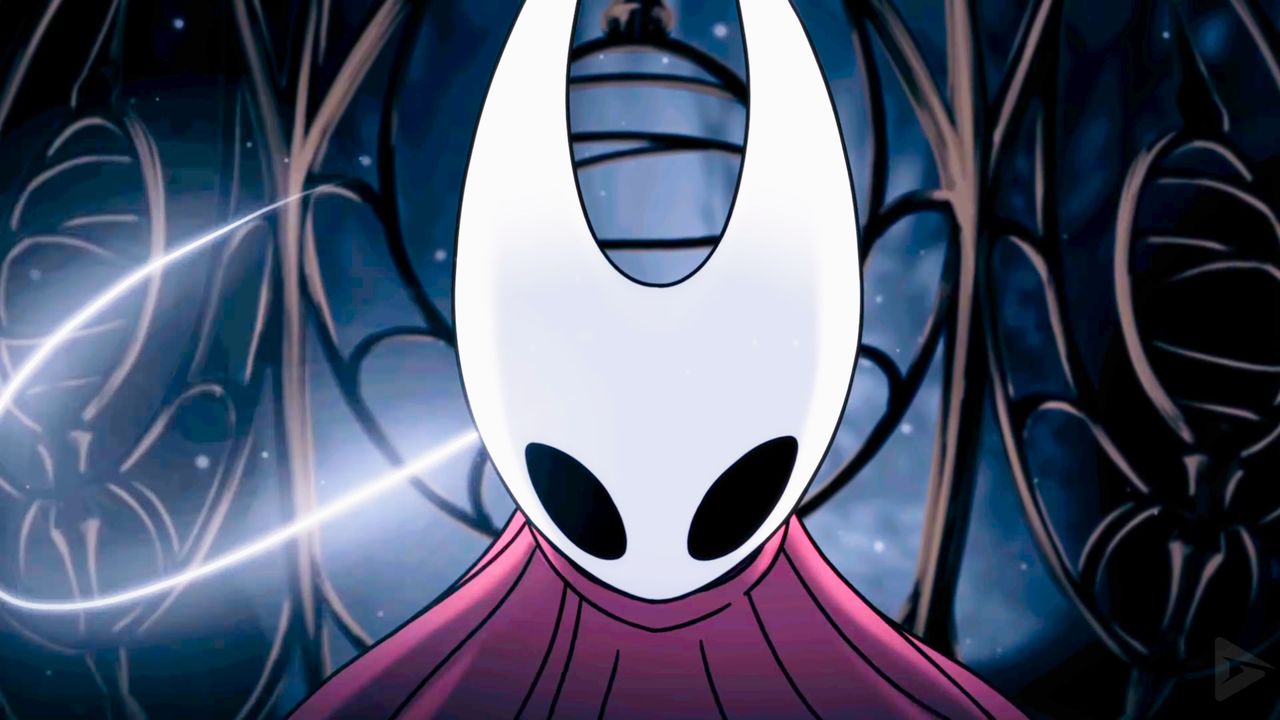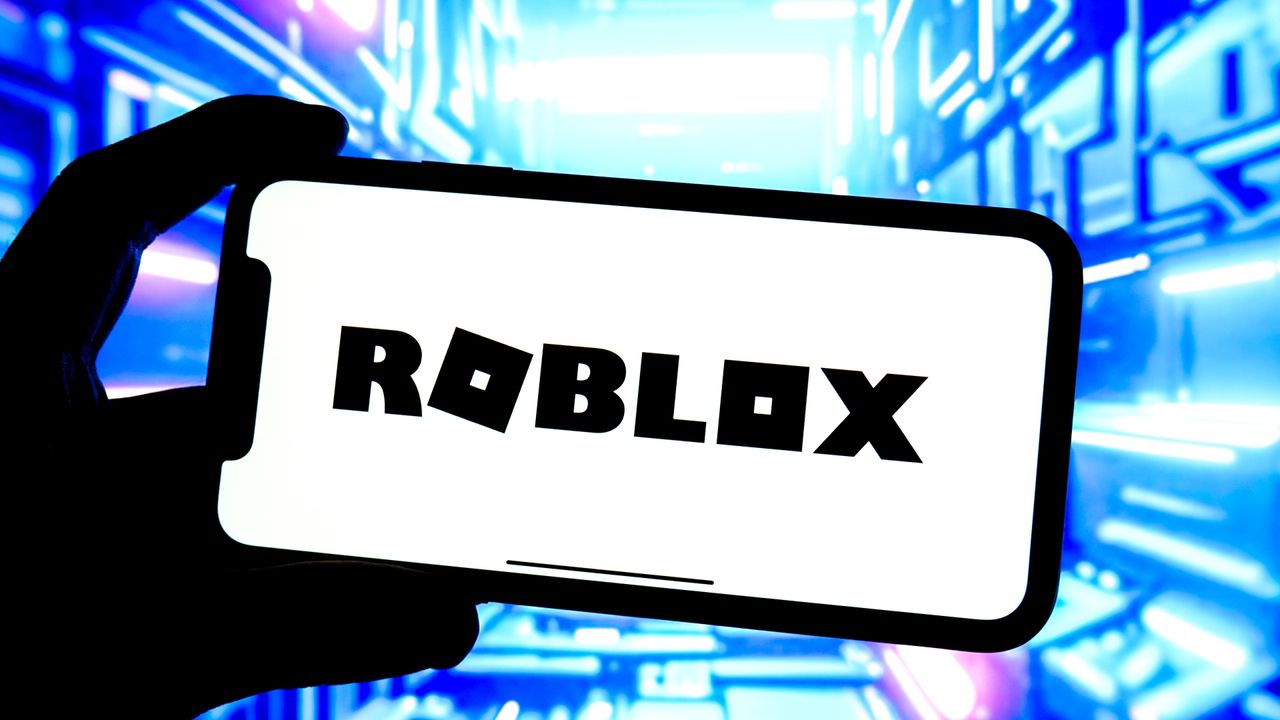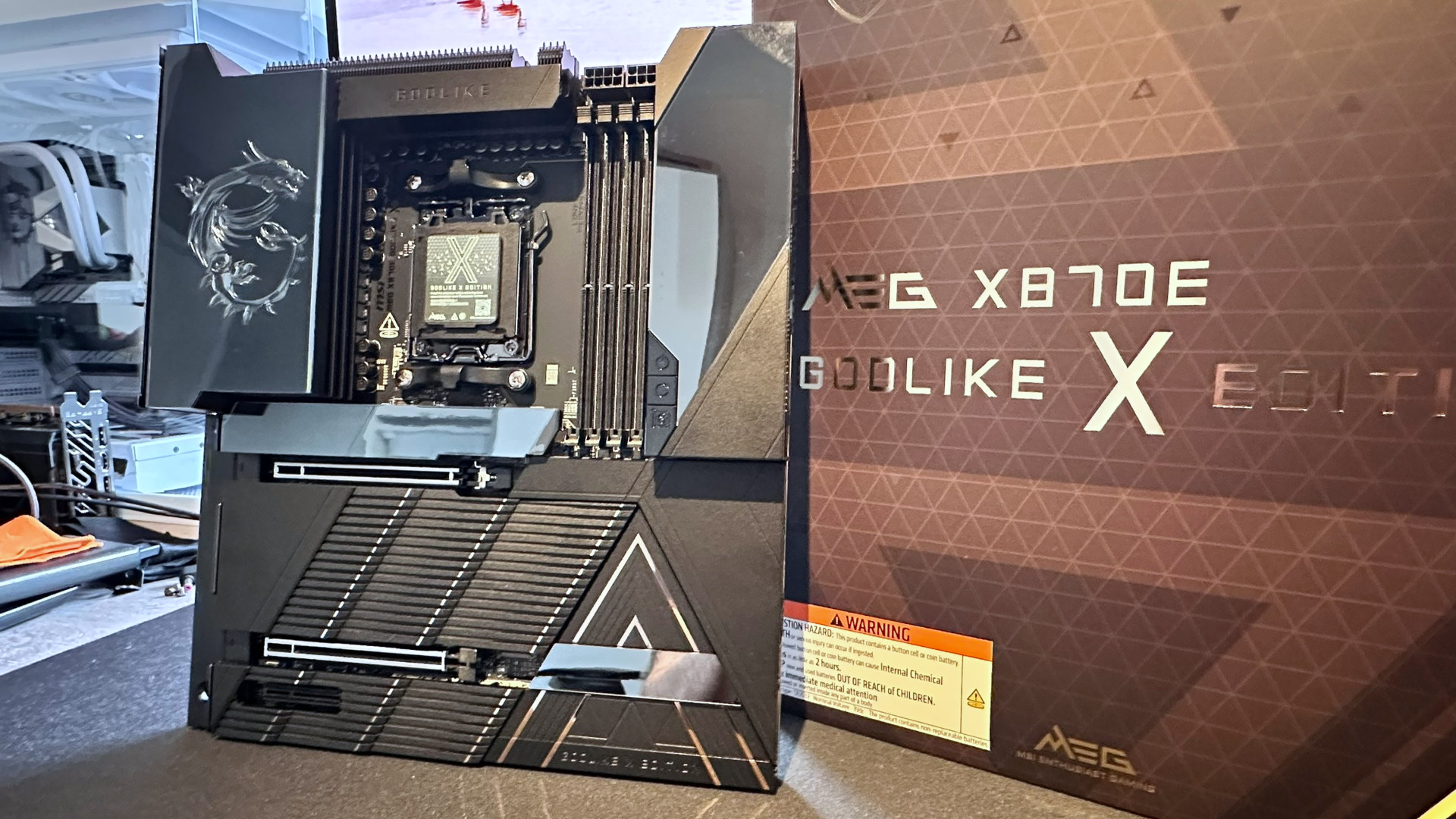The magical realism of Dungeons of Hinterberg unexpectedly stole my heart at not-E3

By five pm last Sunday, after two days of Summer Game Fest demos and a third day of bouncing around Xbox appointments, I was ready to go home. I did not expect my second-to-last stop to end up being the game I’d keep thinking about all week, even more so than Armored Core 6. Dungeons of Hinterberg just got its claws into me.
I didn’t see it coming, because at least by the bullet points Hinterberg is a real “been there, done that” collection of videogamey stuff:
- A blatantly Moebius art style a la Sable, which threatens to be overused any day now
- Classic Zelda-style dungeon puzzle-solving
- Action RPG sword combat in walled-off arenas that looks decent, but not, like, Devil May Cry-caliber
- Rail grinding, which Sonic made cool, and then kinda un-cool, 20 years ago
- Character relationships with the townsfolk to level up
I like all of these things in games, especially art inspired by Moebius’s comics—one look at Hinterberg pulled a reflexive “ooh, pretty” out of me. But that was only enough to carry me through the first few hours of Sable, and the basic elements of Hinterberg I’ve seen in so many third person action/adventure games that they don’t really grab my attention anymore. The way the pieces are put together has to be something really special.
Or, apparently, really Austrian.
I was in love with Hinterberg a few minutes into its demo, as soft-spoken indie studio co-founders Regina Reisinger and Philipp Seifried started talking about how the game is rooted in the history of small resort towns in their home country. The premise of the game is, essentially: what if booming tourism was eroding the culture of a historic small town? But instead of skiing, people are showing up to check out the local magical dungeons.
If Shigeru Miyamoto had set The Legend of Zelda in his childhood version of Kyoto and tossed in a bunch of clueless tourists bumbling around outside its historic temples, you’d have something like what Hinterberg is going for. There’s immediate humor in magic being real, but kind of passé. Your character Luisa has burned out on corporate life and instead of going off to start a farm, she’s decided to slay a bunch of goblins in the Alps and learn how to magic hoverboard. Sounds like a great vacation, to be honest.
Luisa is dressed like she could be going to yoga class, except with a sweet sword strapped to her backpack. One of her first acquaintances in town is a hipster journalist who hates being stuck out in the boonies reporting on, ugh, all this magic stuff. Boring! Dude can’t wait to get back to Vienna.
Hinterberg itself is delightful, though: as an American, the Austrian town ironically feels like a more exotic videogame setting than a pure fantasy world would. You’re not the chosen one: you’re just someone renting a room in a bed & breakfast and hanging at the bar at night, with a hearty day’s adventuring in the middle.

The Persona-inspired relationship system means, in exchange for granting an interview to the too-cool-for-the-Alps journalist, Luisa gets a piece of gear to boost her combat aptitude a bit. Despite this conventional life sim system, it’s much more amusing for me when the guy complaining about the nightlife is asking me why I chose to main sword for my goblin slaying. He really doesn’t appreciate how good the conversation is here compared to the average bar.
The theming alone makes Hinterberg seem like a fun hang, but the adventuring and combat also look surprisingly sharp for a game started by just two developers, now with a grand total of 10 on the project. They estimate it’s going to take a good 20-25 hours to play through, so it’s a properly meaty adventure.
Each region around Hinterberg that Luisa can visit has its own magical look and feel with different types of magic you’ll be able to use to traverse that area. The countryside is pockmarked with portals that take you into dungeons, which can range from bite-sized combat encounters to elaborate multi-room puzzle gauntlets. I got more excited the more of the world I saw, since it looks to be fairly freeform—you can work your way up to a high spot and look around for all the dungeons in the area, tackling them in the order you choose. The swordplay was on the simpler hack-and-slash side, but more importantly you can creatively mix in magic for what seems like a promising degree of variety.
There are endless indie games today inspired by Zelda and Persona, but maybe none that reinterpret them with such a clear, personal vision. Dungeons of Hinterberg isn’t out until sometime in 2024, but I hope a demo lands on Steam much sooner than that.




